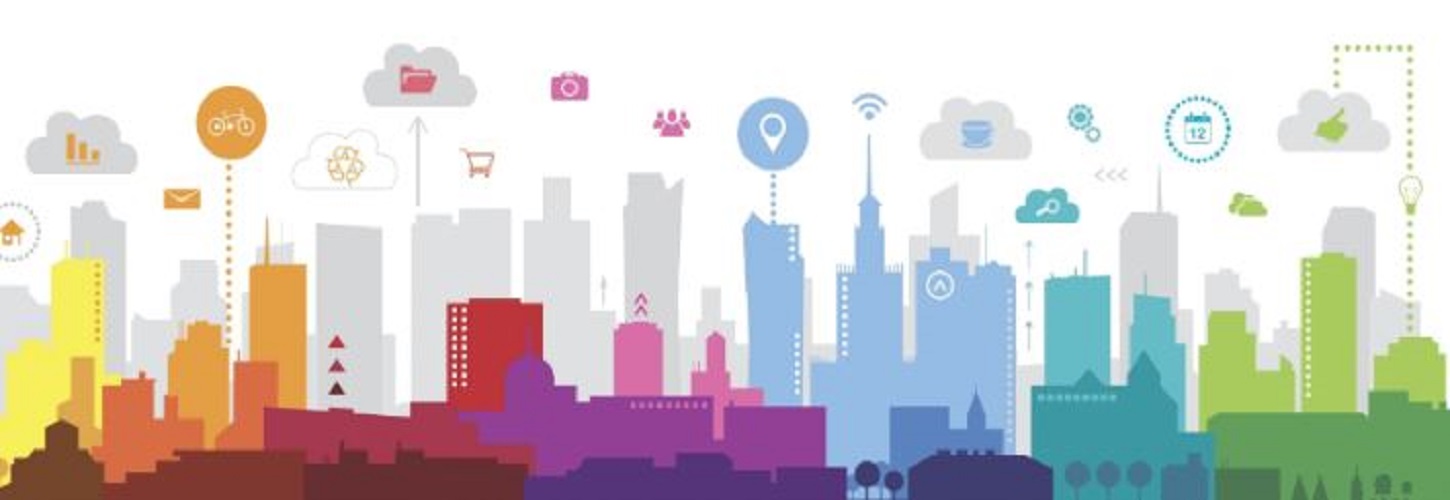By early 2016, over half of leading retailers globally were already offering a click and collect service and as of today, that figure has reached 80%. In an era of tightening retail margins and greater cost and complexity from the growth of online, click and collect continues to resonate with retailers looking for more efficient ways to support online, while also driving traffic into store. In its recent FY19 results for example, US retailer Target highlighted a 25% increase in spend from customers using its same day Drive Up service.
While click and collect has already achieved widespread adoption amongst leading retailers, our research highlights the potential for it to develop further in the future. Here are some of our top click and collect predictions which brands and retailers should be preparing for:
- Expanding scale across fast-growing ecommerce markets
While 80% of retailers are offering click and collect, only 55% are doing so across over half or more of their store estate, leaving a significant gap for retailers to close. The battleground at the moment is in the US, where the likes of Walmart and Target are scaling their pickup locations nationwide and now have over 6,000 collection points between them, as they look to compete more closely with Amazon on convenience. Walmart expanded its grocery pickup service on alcoholic beverages to include 2,000 stores across 29 states.
During the current Coronavirus pandemic, we have seen the demand for click and collect reach an all-time high, forcing retailers such as Sainsbury’s and Target to scale their pickup operations more rapidly, while Kroger has opened its first pick-up only store, putting further momentum behind the fulfillment model.
2. Partnerships will be key
In order to achieve greater scale and efficiency through click and collect, partnerships between non-competing retailers, parcel networks and intermediaries will become more commonplace. For large-scale physical retailers, partnerships with online players to incorporate collection points into stores will help drive footfall, while online players will benefit from increased reach and proximity to their customers. UK grocer Asda, for example, has recently revamped its ‘ToYou’ service, which operates collection and returns points across its store estate for over 100 third-party online retailers and brands.
In rapidly developing ecommerce markets like China and India, online players such as Alibaba and Amazon are also using partnerships to reach the vast untapped informal retail sector, integrating parcel pick-up points inside independent stores to grow their networks.
3. Faster pickup speeds will be enabled by real-time inventory tracking
Based on our recent Global Benchmarking Study on click and collect, only 35% of retailers offer 2 hours or faster pickup, compared with 48% of retailers offering the same speeds for home delivery. While this reinforces that the battleground on fast delivery is currently centered around home delivery, it also highlights a potential development for click and collect in the future.
Retailers fulfilling click and collect orders from the store itself have potential to offer near instant pickup speeds, however this requires real-time inventory visibility which many are still seeking to achieve through the integration of more sophisticated technology.
4. Pick-up points will become more innovative and automated
Technology remains underutilized in most existing click and collect formats, which, while cheaper than operating home delivery, still lean on in-store staff to pick, pack and deliver the orders to the customers at the front of the store. Going forward, automated warehouses adjacent to or inside the store will enable faster picking and packing, while keeping overhead down. Automation will also be integrated across the withdrawal points themselves, with the potential to locate unmanned lockers and pickup points in more convenient and high-traffic destinations outside of the store.
As a brand, how can I prepare?
As click and collect matures and retailers look for new ways to differentiate their pickup services, brands should consider the following:
- With faster pickup timescales enabled by live inventory visibility in-store, review your own supply chain capabilities to provide faster and more efficient response times on product supply and out-of-stocks.
- Partner with retailers to gather data on the performance of click and collect, in order to develop more targeted promotions for this fulfillment model. For example, Target’s Drive Up service in the US has shown the highest penetration amongst young families looking for convenience, so baby brands including Enfamil, Pampers and Huggies partnered on a tailored promotion for shoppers specifically collecting their order through same day Drive Up.
- As click and collect shifts brand discovery and conversion online, invest in online content optimization to make products stand out on the digital shelf. Explore ways to drive impulse purchasing online, such as bundling and purchase prompts at the checkout.
- Leverage opportunities to promote products at or adjacent to collection points, particularly in high-traffic locations. This could include merchandising single-serve or impulse items around lockers, or using locker frontage for advertising space.
Sign up for our free weekly newsletter and get more retail and ecommerce insights delivered to your inbox.





